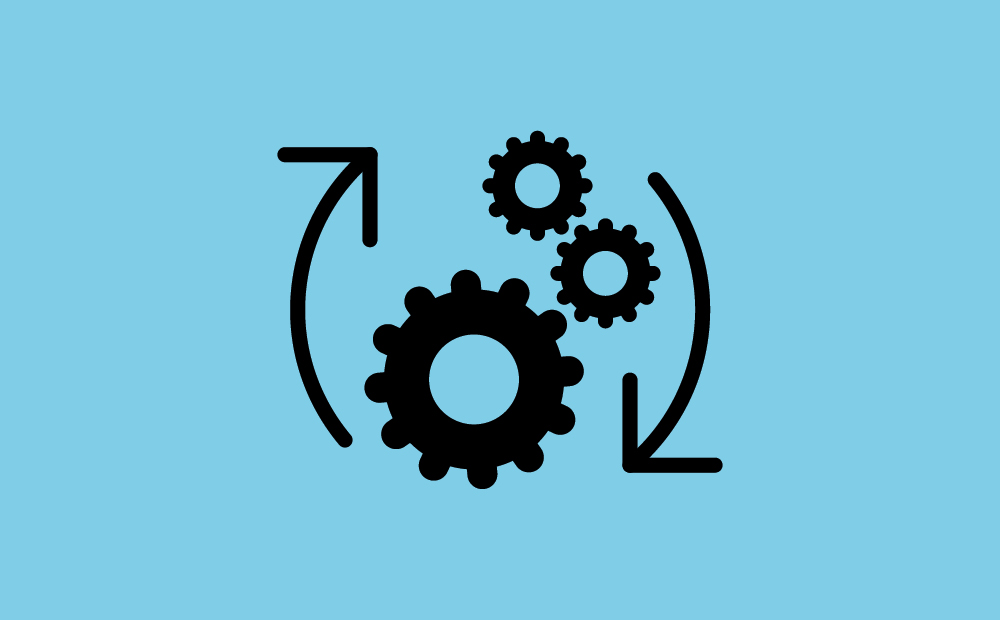Past, present and future: the future of producer responsibility for packaging

2017
RINKI manages to set up a packaging waste collection network across Finland within a very tight schedule as the packaging regulation that entered into force in summer 2014 allows less than 18 months to organise it. The RINKI eco take-back point network immediately demonstrates its usability. The network of more than 1,850 eco take-back points is financed by the companies in the producer responsibility scheme, and it collects a total of 22,800 tonnes of packaging waste from consumers in its first year of operation.
In 2017, the overall recycling rate for packaging waste in Finland is 65 percent, and Finland achieves all the valid material-specific EU recycling targets.
2018
The EU’s revised Packaging and Packaging Waste Directive tightens the recycling targets for packaging waste and changes the way in which the volume of recycled waste is calculated. The minimum percentage of materials that must be recycled by 2025 is 50 percent for plastic packaging, 25 percent for wooden packaging, 70 percent for both metal and glass packaging, and for paper and carton packaging waste the figure is at least 75 percent by weight.
The European Commission also publishes the ambitious Single-Use Plastics (SUP) Directive, which aims to limit the consumption of single-use plastics and to extend the responsibility of manufacturers and importers of plastic products for plastic waste.
The amount of municipal waste that ends up in landfills shrinks to three percent in Finland.
2019
The reform of waste legislation required by the EU Directives begins in Finland. The revised Waste Directive together with the Packaging and Packaging Waste Directive must be incorporated into Finnish legislation by summer 2020.
The SUP Directive is adopted in record time, and it extends the producer responsibility for certain types of packaging. Depending on the product category, the Directive requires a wide range of measures.
2020
Finland fails to incorporate the requirements of the Waste and Packaging and Packaging Waste Directives into its legislation in time. The national implementation of the SUP Directive is under way at the same time but it is hampered by inadequate guidance: the Commission is expected to publish more than ten guidelines and implementing acts in relation to the Directive. The SUP Directive requirements should be integrated into national law by summer 2021.
By now, 57,800 tonnes of packaging waste are collected for recycling from RINKI eco take-back points. The recycling rate of packaging is 71 percent in Finland. Only 0.5 percent of all municipal waste ends up in landfill sites.
2021
The revised Waste Act enters into force in July, incorporating the EU requirements into Finnish law one year behind schedule. The Waste Act significantly extends the scope of the producer responsibility scheme for packaging and increases costs for companies: in addition to achieving the tighter recycling targets and maintaining the Rinki eco take-back point network, companies will also be responsible for collections from residential properties with at least five homes. This extended responsibility will take effect in July 2023, which is also the deadline for municipalities to organise the collection of carton, glass, metal and plastic packaging from residential properties. Companies bear 80 percent of the total costs of the producer responsibility scheme.
The number of plastic collection points at RINKI eco take-back points will reach at least a thousand.
The requirements regarding sorting and separate collections are extended to cover packaging waste from companies and the producer responsibility scheme also applies to international online stores.
The producer responsibility obligations will also include communication, reporting and litter prevention measures regarding SUP products, as well as cleaning costs in municipalities. All these new obligations will significantly increase the cost of the producer responsibility scheme in the coming years.
The Waste Act also brings changes to packaging producer organisations: they must provide services for all packaging materials in the future. Until now, each packaging material has been handled by its own producer organisation. Finnish Packaging Producers is established and starts to prepare an application for the authorities in order to obtain the status of a multi-material producer organisation.
2022
Finnish Plastics Recycling Ltd submits its application to become a producer organisation in the spring. This means that for the first time there will be two competing multi-material producer organisations in Finland.
In September, the Pirkanmaa Ely Centre approves Finnish Packaging Producers Ltd. into its producer register, and the company launches operations as a producer organisation for all packaging materials. Finnish Plastics Recycling Ltd is still waiting for the authorities’ decision.
Parliament receives the Government Proposal on the amendment of the Waste Act. The purpose of the proposal is to implement the remaining measures under the SUP Directive. A number of SUP products are to be included in the scope of the producer responsibility regulations as new product categories, producers will be liable for the costs of certain waste management and cleaning operations carried out by municipalities, the turnover threshold of EUR 1 million is to be abolished and the definition of a producer of service and farming packaging is to be amended.
2022–2023
The European Commission is currently preparing new regulations: the Packaging and Packaging Waste Directive, to be published in late 2022 as part of the Circular Economy Package, and the revision of the Waste Framework Directive, to be published in 2023. Both directives will bring major changes to producer responsibility and the entire packaging value chain in every Member State.
Producer responsibility for packaging celebrates its 25th anniversary this year. The RINKI online magazine series looks into the development of the producer responsibility system. The previous part of the series covered the history of producer responsibility for packaging.